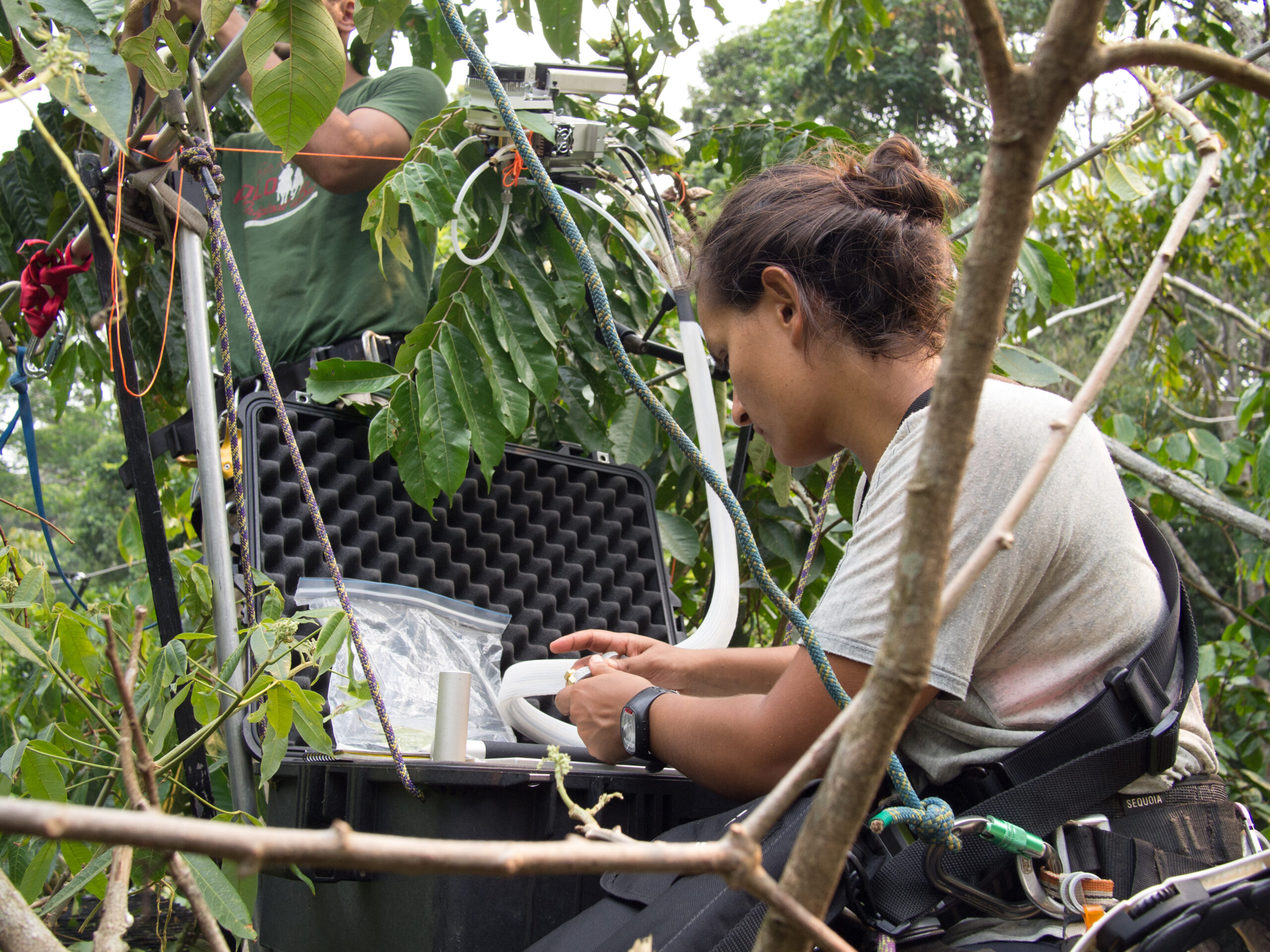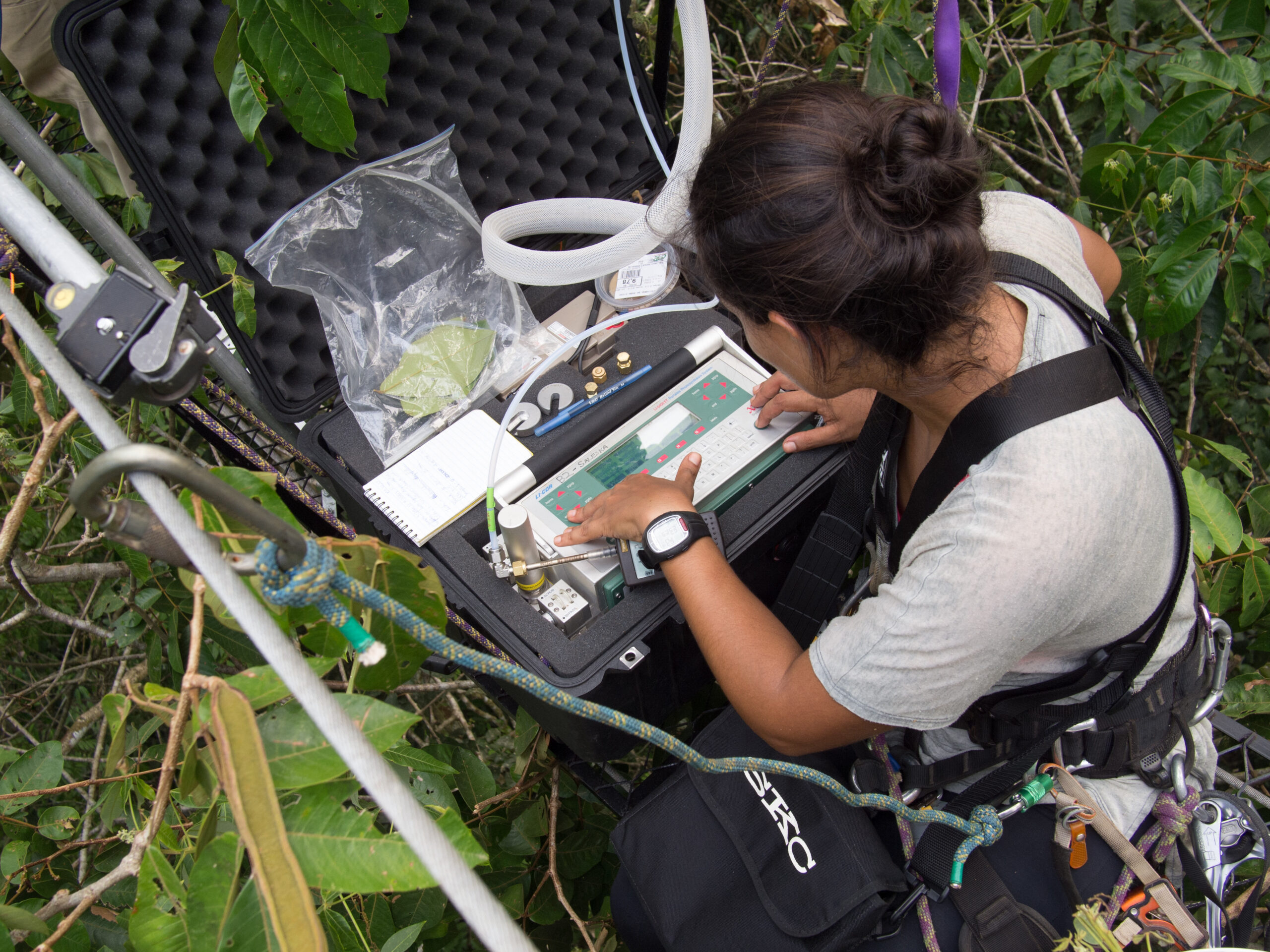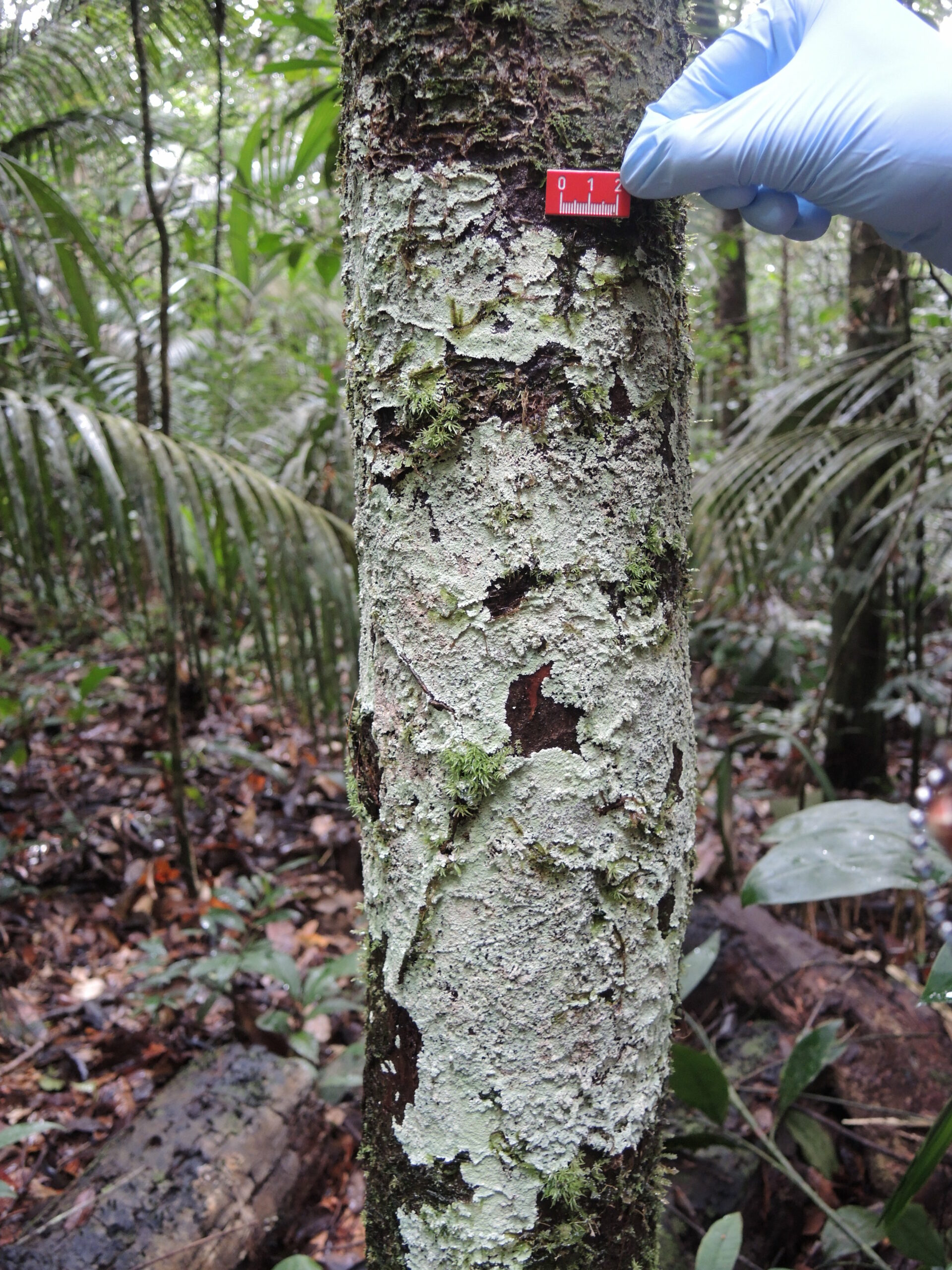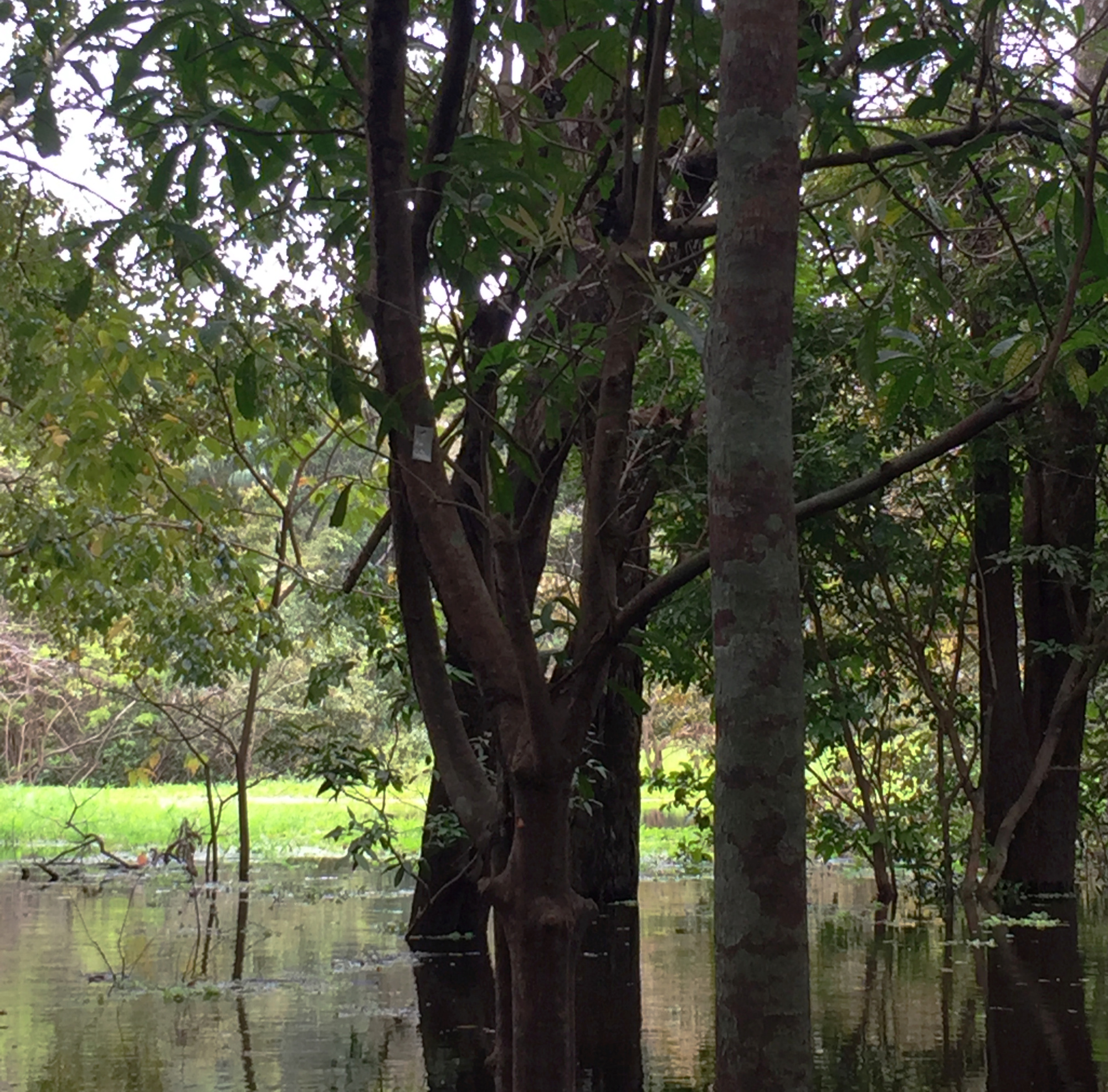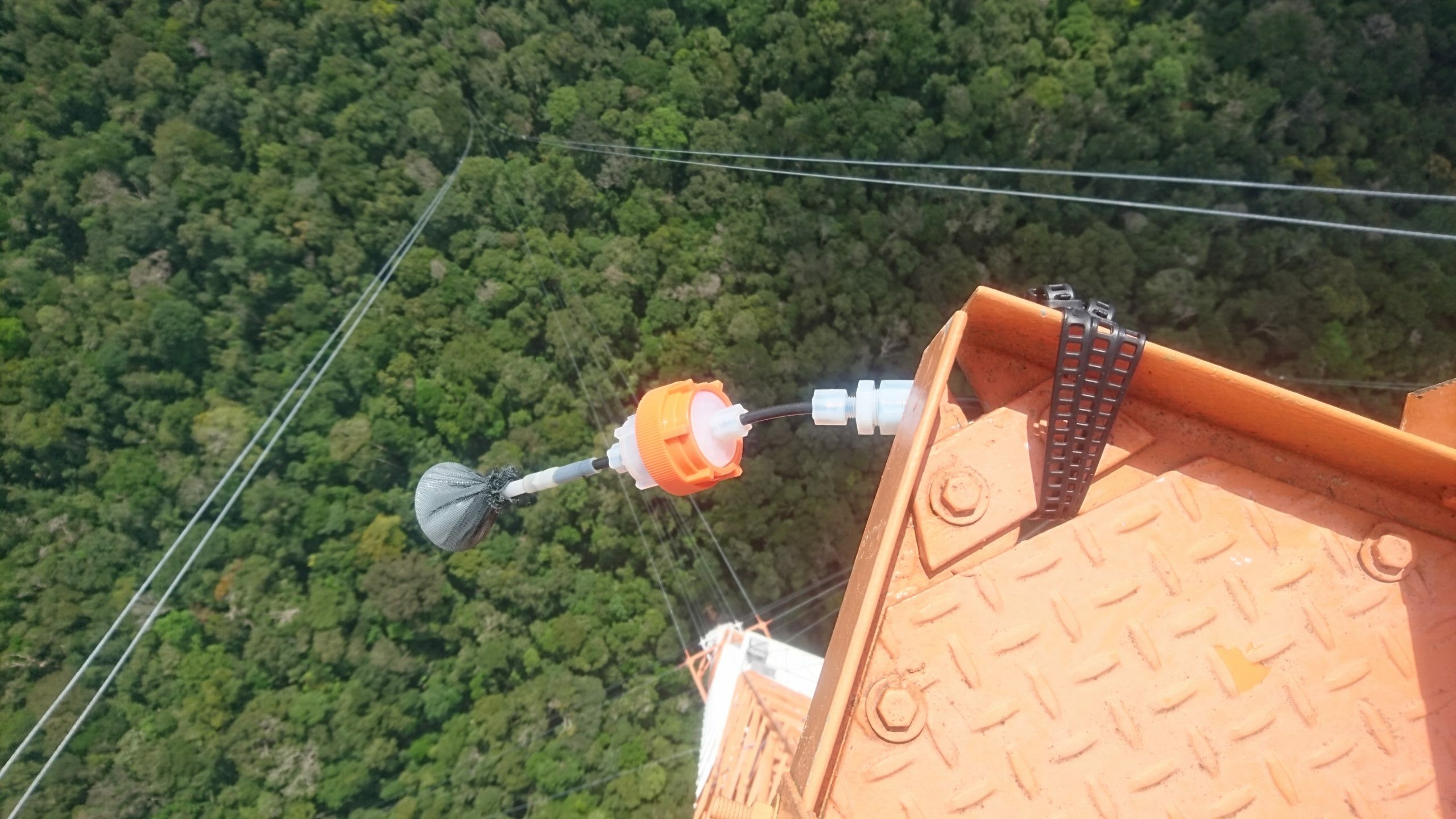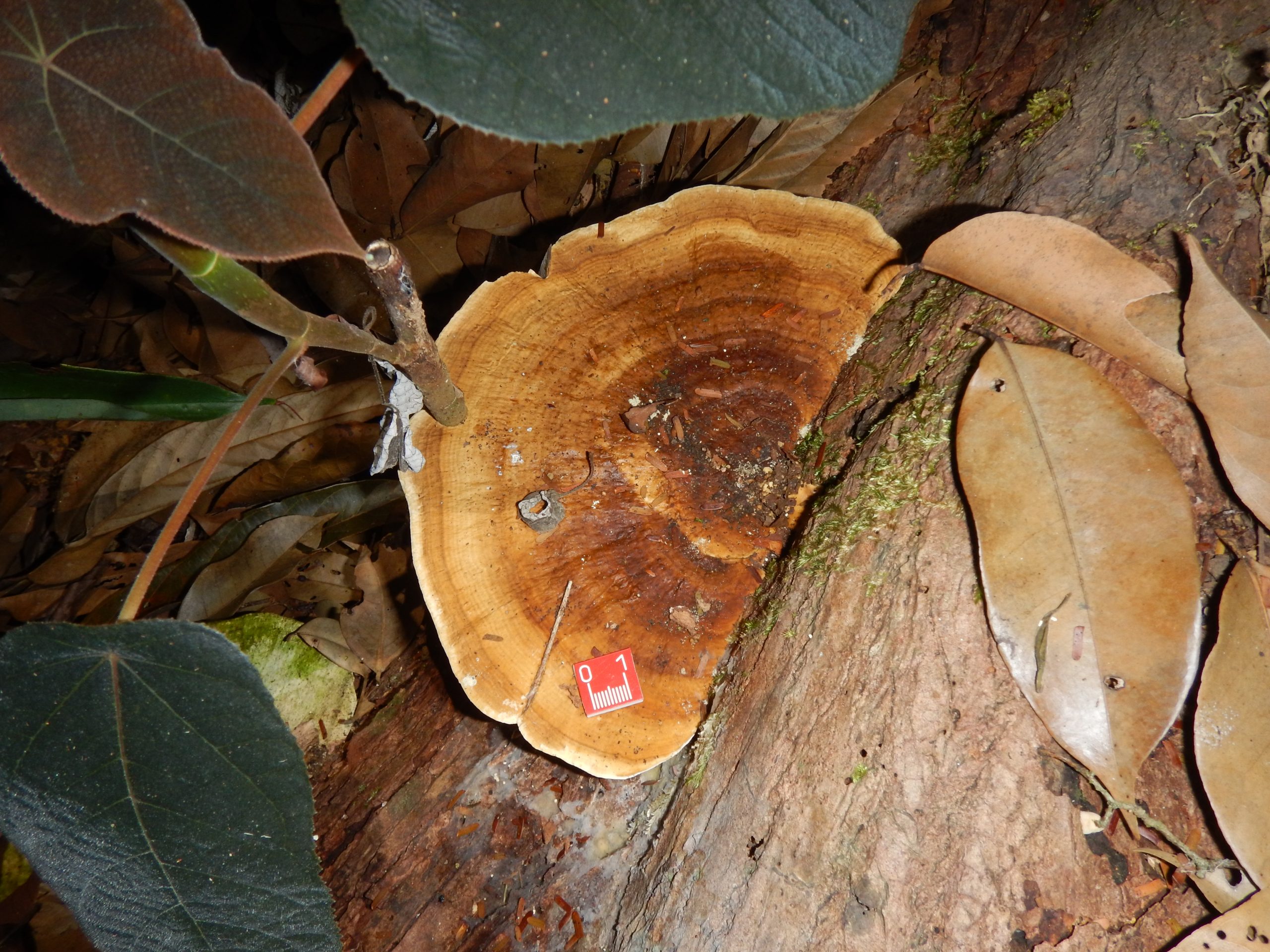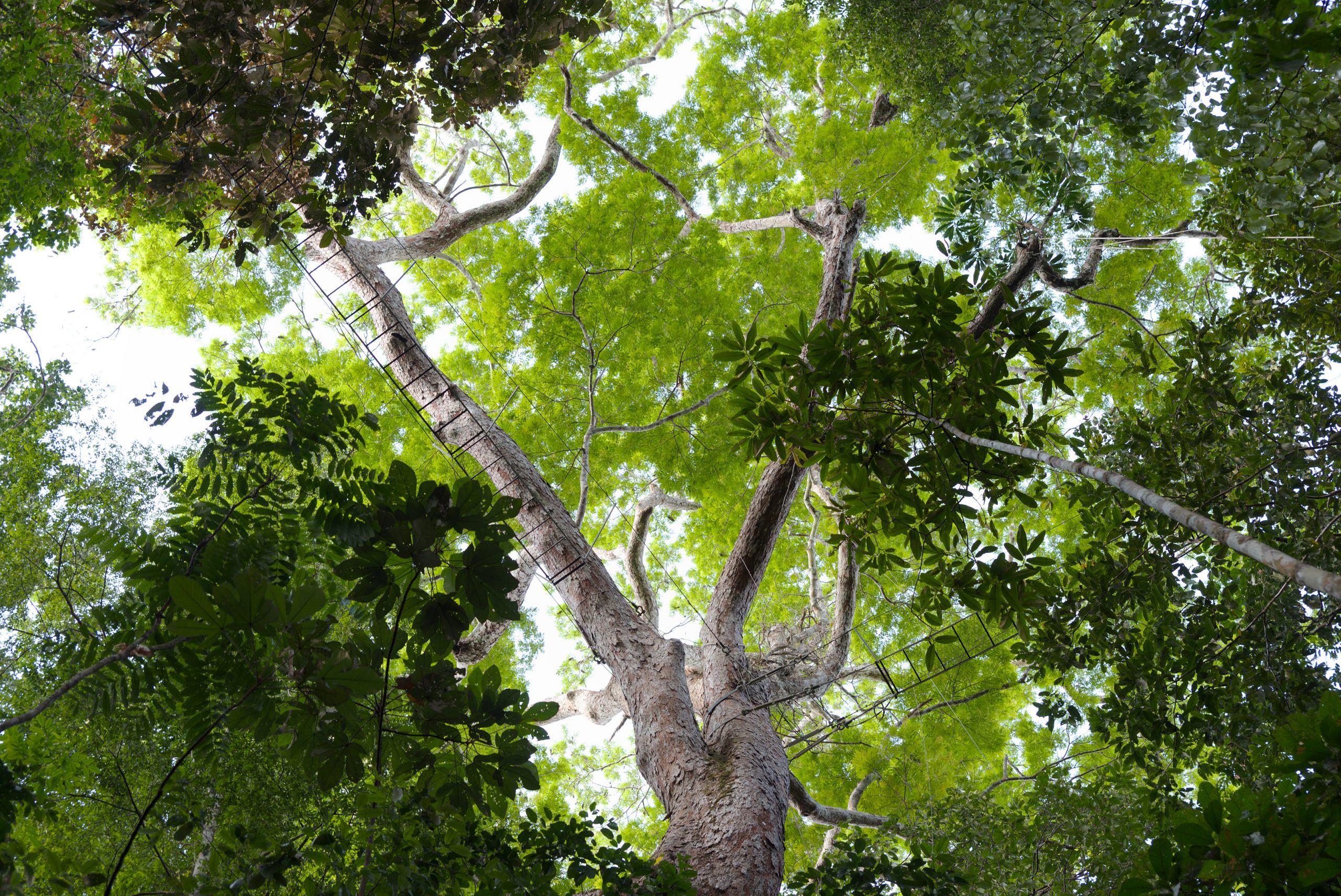Science is a lot like life: Things don’t always turn out the way you thought they would.
Recently, Eva Pfannerstill and her team wanted to find out how Amazonian plants react to ecological stresses, such as heat and drought. They wondered if they release more VOCs in such a situation. To do that, they compared data from November 2012 and 2015. 2012 was a pretty “normal” year without any significant temperature or precipitation anomaly. 2015, on the other hand, was influenced by a particularly strong El Nino. It brought extremely hot temperatures and severe drought to the region. However, the scientists were surprised to find that overall emissions were pretty much the same in the two years. But they did discover a different distribution over the day. In the El Nino year, the plants emitted most VOCs during the sunset hour. In the “normal” year the peak was at noon. They attribute this unexpected discovery to more turbulent winds associated with the high temperatures. These transport the VOCs higher, above the forest canopy to the instrument.
The study was published in Frontiers in Forest and Global Change, Issue 18 under the title “Total OH Reactivity Changes Over the Amazon Rainforest During an El Niño Event” by Pfannerstill et al. and is available Open Access.
Similar articles
Direct measurements of OH radicals are rare and difficult to achieve. However, since they react with BVOCs, Ringsdorf et al. inferred them from isoprene measurements at ATTO. To do so, they applied a technique called ‘Dynamical Time Warping’ from the field of speech recognition. Akima Ringsdorf et al. published the study “Inferring the diurnal variability of OH radical concentrations over the Amazon from BVOC measurements” Open Access in Nature Scientific Reports.
Eliane Gomes Alves and her colleagues measured isoprene emissions at the ATTO 80-meter tower across three years to better understand how these emissions vary seasonally and under extreme climatic conditions like El Niño events. They also looked into which biological and environmental factors regulate the emission of isoprene to the atmosphere.
BVOC emissions in the Amazon have been studied for decades, but we still don’t fully understand when and under what conditions tree species or even individual trees emit more or fewer isoprenoids. To address this, Eliane Gomes Alves and her colleagues measured isoprenoid emission capacities of three Amazonian hyperdominant tree species.
Mosses and lichen appear to play a previously overlooked but important role in the atmospheric chemistry of tropical rainforests. A new study from Achim Edtbauer and colleagues shows that such cryptogams emit highly reactive and particle-forming compounds (BVOCs) that are important for air quality, climate, and ecosystem processes.
High-quality atmospheric CO2 measurements are sparse across the Amazon rainforest. Yet they are important to better understand the variability of sources and sinks of CO2. And indeed, one of the reasons ATTO was built was to obtain long-term measurements in such a critical region. Santiago Botía and his colleagues now published the first 6 years of continuous, high-precision measurements of atmospheric CO2 at ATTO.
A new study shows that tree growth of Nectandra amazonum (Lauraceae) in the Central Amazonian floodplains does not respond to the annual long-term flooding but to variation of minimum temperature and evapotranspiration.
Biogenic volatile organic compounds remove OH from the atmosphere through chemical reactions, which affects processes such as cloud formation. In a new study, Pfannerstill et al. reveal the important contributions of previously not-considered BVOCs species and underestimated OVOCs to the total OH reactivity.
Nora Zannoni and her colleagues measured BVOC emissions at the ATTO tall tower in several heights. Specifically, they looked at one particular BVOC called α-pinene. They found that chiral BOVs at ATTO are neither equally abundant nor is the ratio of the two forms constant over time, season, or height. Surprisingly, they also discovered that termites might be a previously unknown source for BVOCs.
Fungal spore emissions are an important contributor to biogenic aerosols, but we have yet to understand under what conditions fungi release their spores. Nina Löbs and co-authors developed a new technique to measure emissions from single organisms and tested this out at ATTO and with controlled lab experiments. They published their results in the Open Access Journal Atmospheric Measurement Techniques.
In a new study, Nathan Gonçalves and co-authors now wanted to find out if extreme climate events such as droughts influence leaf flushing, and thereby the average leaf age and photosynthetic capacity of the forest, and if is it possible to monitor more subtle changes associated with extreme events (compared to season changes) with satellites?




